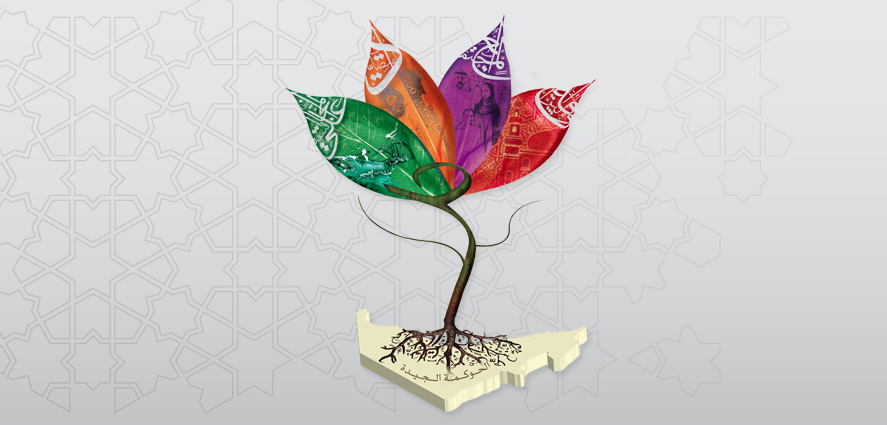
Pathways to Sustainability

Pathways to Sustainability
Sustainability may be thought of as a four-petal flower, where each petal cannot blossom without the others flowering in turn. Additionally, these petals cannot develop without the flower itself being rooted in good governance.
The first petal in the sustainability flower represents environmental conservation. The second signifies the economy and the third embodies society. Finally, the fourth petal symbolises culture and heritage.
A balanced economy, dynamic society and a protected culture and heritage lead to an Emirate-wide stability that allows the populace to focus their resources on environmental harmony.
For Abu Dhabi's flower to bloom, its government and residents must fertilise the soil with a few vital nutrients. The first of these is economic diversification to ensure a healthy economic future for the Emirate, which can provide the financial resources for long-term environmental sustainability. Secondly, the growth of sustainable energy initiatives, such as solar power or geothermal power, must continue in place of more harmful, traditional energy programmes.
Transparency, communication and enforcement are also necessary to ensure adherence to sustainability initiatives and regulation. In addition, public education and awareness ensure that residents are able to be effectively sustainable in their daily lives. Finally, domestic and international security, along with the fostering of global relationships, will provide social and political stability to allow for a focus on the Emirate's environmental goals.
The Abu Dhabi Government Policy Agenda 2030 sets forth a framework that combines these integral sustainability elements into a programme that will direct the Emirate's environmental initiatives towards long-term implementation.
Sustainable Economic Diversification
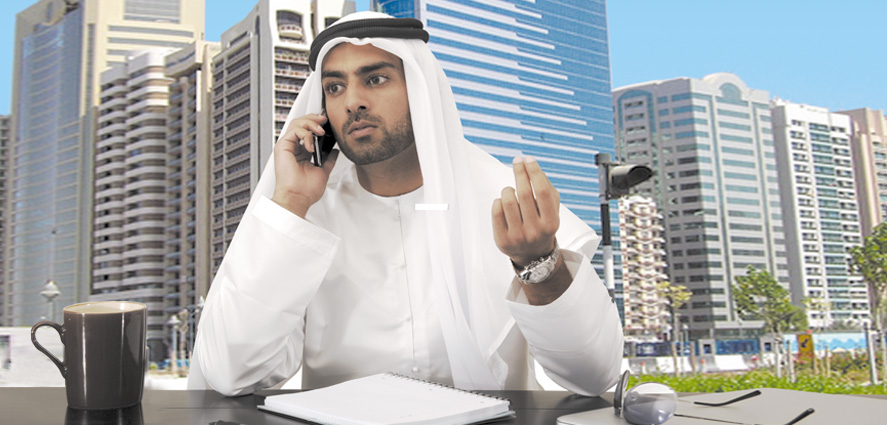
Financial capability, through economic stability, allows for investment in environmental programmes that are often very expensive. Concurrently, there is a clear and demonstrated link between economic diversification and economic sustainability. By identifying potential strengths in non-oil sectors and making large-scale investments in these areas, the Abu Dhabi government encourages economic diversification. ‘National champions,' large enterprises that underpin the economy and jump-start industrial and service-oriented investment, are often formed through this route.
Transparency and Communication
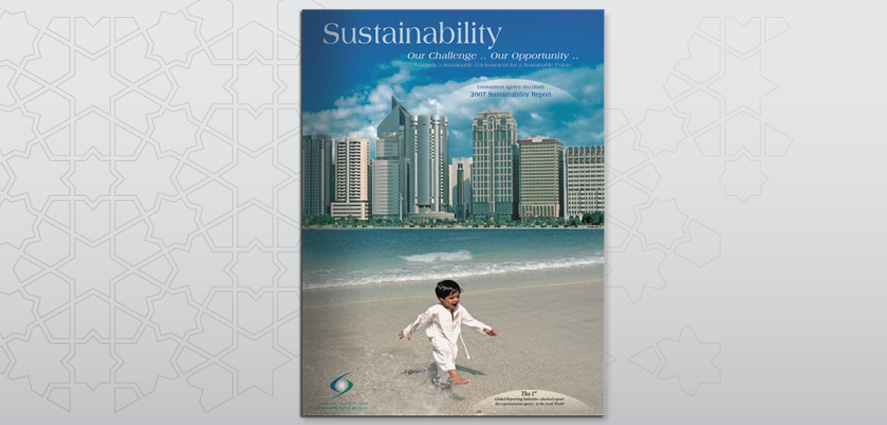
The Environment Agency – Abu Dhabi (EAD), as part of the Abu Dhabi Government, aims for sustainability to be inherent in development efforts throughout the Emirate through partnerships, transparency and good governance. The Agency has issued a sustainability report, the first in the Arab World to cover the public sector, which has set a practical example for local businesses and the community.
This initiative prompted the creation of the Abu Dhabi Sustainability Group (ADSG), made up of Abu Dhabi's leading private companies and not-for-profit organisations, at least one representing each industry, and its government departments. The group will participate in quarterly meetings to share experiences, set goals and provide training in sustainability implementation.
Comprehensive Healthcare

The Abu Dhabi government is committed to having a population that is in the best state of physical, mental and social health that can be achieved today, adding to the stability of society. Its goal is to educate the population about avoiding health risks, to comprehensively address current and future health needs, to trigger the expansion of services where required, develop and nurture talented individuals in the medical system and to focus on state-of-the-art research and development. As the government moves towards achieving this objective, the National Health Insurance Company (DAMAN), the first and largest specialised health insurance company in the UAE, was established in 2005.
Public Governance and Regulation
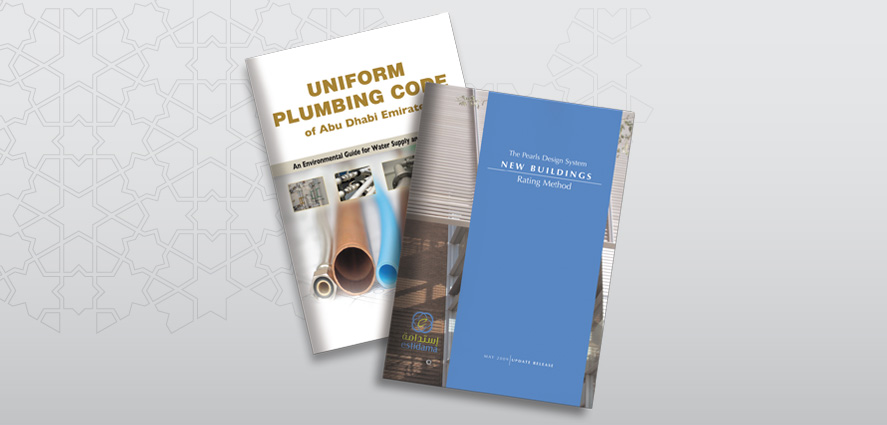
The development of the Environment, Health and Safety Management System (EHSMS) for Abu Dhabi was announced in December 2006 as a framework that lays out the regulation of sustainability for both the public and private sectors.
Estidama, which means ‘sustainability' in Arabic, was created to help achieve Plan Abu Dhabi 2030 under the direction of the Abu Dhabi government. The plan calls for regulatory and code implementation in new and existing buildings and communities. It also calls for pilot projects, stakeholder engagement, implementation of the Pearls Design System (a rating system) and integrated design process implementation and training.
Education and Awareness
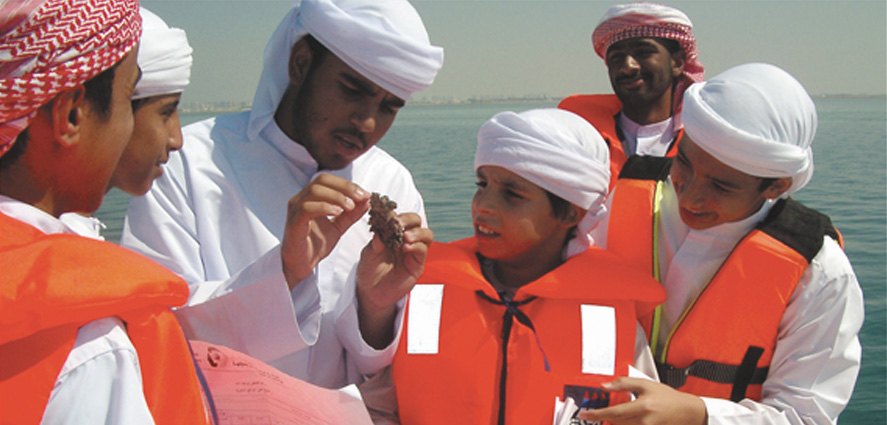
Development of the Emirate's education sector, in order to achieve the same standards of excellence as the most highly educated countries of the world, requires drastic, comprehensive reform, from kindergarten to tertiary. This endeavour is guided by the government's 20-year education strategy that aims to transform the education system from a traditional, standards-based model to one based on student creativity and critical and analytical thinking. It also promises compulsory learning until the age of 18 and a special focus on tertiary education enrolment rates.
Preservation of Local Culture and Heritage
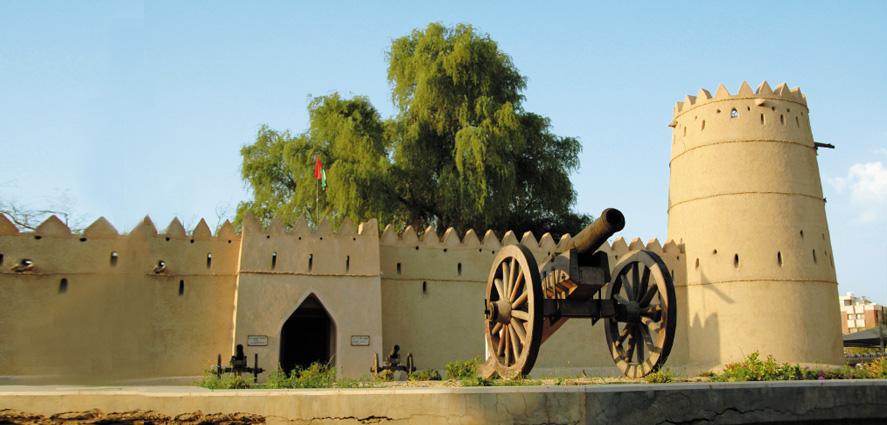
Abu Dhabi's inbuilt values and heritage are reflected today through strong family bonds, community networks and religious observance and tolerance. Museums, some complete and some planned, help preserve this heritage. In the future, leading galleries in Abu Dhabi will support a vibrant fine arts and cultural sector, adding Arabic character to its cities and towns. Support of government initiatives, such as invest-ment in museums and galleries, will help residents, both citizens and expatriates, and non-residents appreciate Emirati heritage. Furthermore, the Emirate's progressive social fabric will allow women a stronger role and further representation in society, judicial systems and the government and private sectors.
Sustainable Energy Growth
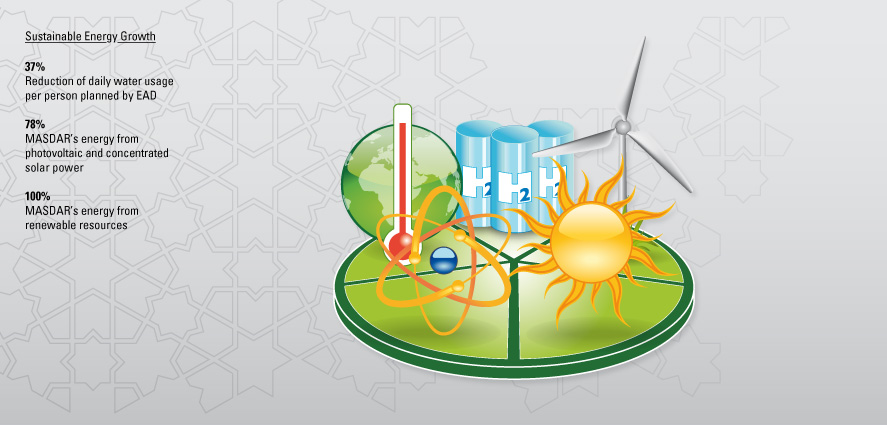
While Abu Dhabi has large oil and gas reserves and is one of the world's biggest oil producers, the government knows that these reserves will not last forever. It is, therefore, investing heavily in clean energy technology development and innovation.
Hydrogen Power: The Abu Dhabi government, through its Abu Dhabi Future Energy Company's (ADFEC) Masdar Initiative, has joined with Rio Tinto and BP to build the world's first hydrogen power plant, a 500-megawatt operation that could cost at least Dhs 7.3 billion (US$ 2 billion).
Wind Power: The region's first wind power plant was installed on Sir Bani Yas Island in 2004, contributing 650 kilowatts to the island's power supply. As technology evolves, wind power may hold further viability for Abu Dhabi.
Nuclear Power: The Emirates Nuclear Energy Corporation (ENEC) is working with the guidance of the International Atomic Energy Agency (IAEA) in order to establish a peaceful nuclear programme in the UAE.
Solar Power: Masdar's photovoltaic projects include a world-class polysilicon factory in Abu Dhabi that will provide the feedstock for additional activities such as PV cell and module manufacturing. They are also developing solar farms for the generation of renewable energy.
Geothermal Power: Masdar has proposed the first geothermal plant in the Gulf region, which could pump water from hot geological formations deep down to extract clean thermal energy before reinjecting it again in a closed loop.
IRENA: The International Renewable Energy Agency (IRENA) announced in 2009 that it is to establish its headquarters within Masdar City in Abu Dhabi. This will further boost the efforts to focus on renewable energy and sustainability within the United Arab Emirates.
